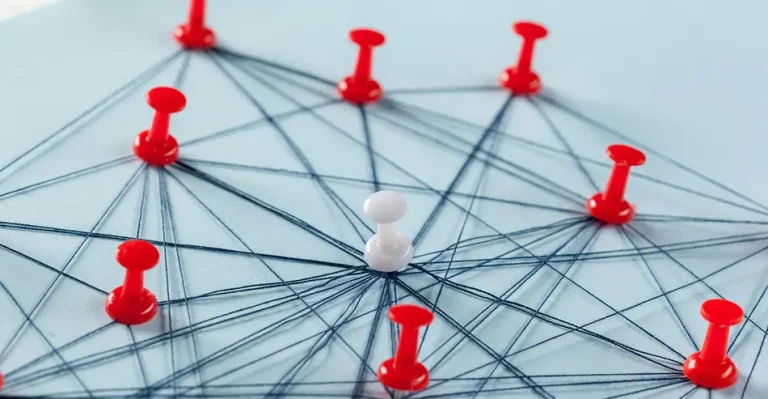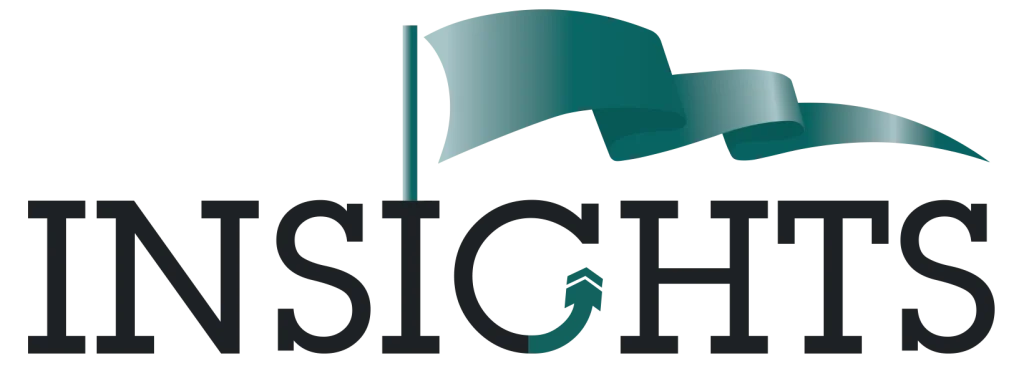Reversing the Leadership Drift: How AI Can Anchor Consistency and Trust in the Contact Centre

In the complex world of contact centres, leadership drift doesn’t announce itself with conflict—it begins quietly, in ordinary conversations.
A Filipino agent is coached about a timecard issue. Later, a Honduran agent receives the same feedback from the same supervisor—same tone, same words, same intent. Both agents nod, both say they understand. But one leaves feeling dismissed. The other, micromanaged.
Nothing looks wrong in the HR system. No complaints. No policy violations. But something has shifted—trust has fractured. Morale drops a few degrees colder.
That’s how Supervisor Drift begins—not with a blowup, but with a whisper.
It’s not about communication style. It’s about how leadership inconsistency is experienced—a subtle Execution Drift where behaviours drift from cultural expectations. These micro-variations quietly erode trust, engagement, and retention.
From Customer Experience to Supervisor Experience
Every supervisor interaction—coaching, feedback, escalation—is more than an operational task; it’s a cultural act.
When cultural intelligence (CQ) doesn’t show up consistently in how leaders communicate, it’s not a minor issue. It’s systemic drift. Supervisors interpret expectations through personal filters—past bosses, habits, instincts—and before long, what “good leadership” looks like depends on who your supervisor is.
That’s not scalable leadership. That’s scalable variation.
An Execution System is what closes this gap. It doesn’t rely on charisma or memory; it builds the consistency that culture demands. Without one, even the best supervisors start improvising—and drift takes hold.
Drift Isn’t a Style Problem. It’s a System Problem.
Variation often hides under the label of “style.” One leader empowers; another controls. One team thrives; another disengages. The metrics don’t tell the story—the experiences do.
Training and coaching alone can’t solve this. They inform behaviour, but they don’t lock it in.
New supervisors drift because they’re undersupported. They revert to survival instincts—copying what worked as an agent or what they think their manager wants.
Tenured supervisors drift because they’re oversaturated. They’ve seen so many shifting priorities that they fall back on familiar routines that feel safe, not current.
Without daily reinforcement, both groups start leading by memory instead of alignment.
The FONE Factors: The Hidden Forces Behind Supervisor Drift
Even well-intentioned leaders are influenced by the FONE Factors—four internal forces that make leadership behaviour inconsistent:
- F – Fear: Fear of doing the wrong thing or standing out, causing overly cautious leadership.
- O – Overconfidence: The “I already know this” mindset that blocks growth.
- N – Negative Impressions: Avoiding vulnerability or feedback to maintain authority.
- E – Execution Blindness: Senior leaders can see the metrics but not the human behaviours behind them.
These forces make inconsistency invisible but measurable through its outcomes: fluctuating team morale, variable performance, and unpredictable engagement.
How Drift Spreads: The Silent Breakdown of Leadership Consistency
Drift doesn’t happen overnight—it spreads like corrosion.
- Localised Drift: Small style deviations appear under pressure.
- Reinforced Drift: Those deviations become habits; morale gaps appear.
- Organisational Spread: Performance inconsistency becomes systemic.
- Cultural Mutation: Drift defines your leadership DNA.
By the time it reaches your dashboards, it’s already deep-rooted. Training can’t fix it; only execution systems can.
Why AI-Enabled Leadership Execution Systems Are the Cure
Drift is a system failure, not a skill failure. The solution isn’t more training—it’s reinforcement through Execution Systems powered by culture-calibrated AI.
Leadership Execution-as-a-Service (LEaaS) transforms contact centre management by embedding your culture, policies, and behavioural standards directly into daily workflows.
It’s not theoretical—it’s operational:
- Embedded: It lives inside real workflows, not a training binder.
- Reinforcing: It nudges and supports in real time.
- Culture-calibrated: It reflects your expectations, not generic “best practices.”
- AI-powered, human-centred: It scales consistency without erasing human judgment.
AI becomes your ally in consistency—but only if calibrated correctly. Uncalibrated AI will amplify the very drift you’re trying to fix by learning from inconsistent data and mirroring it back at scale.


